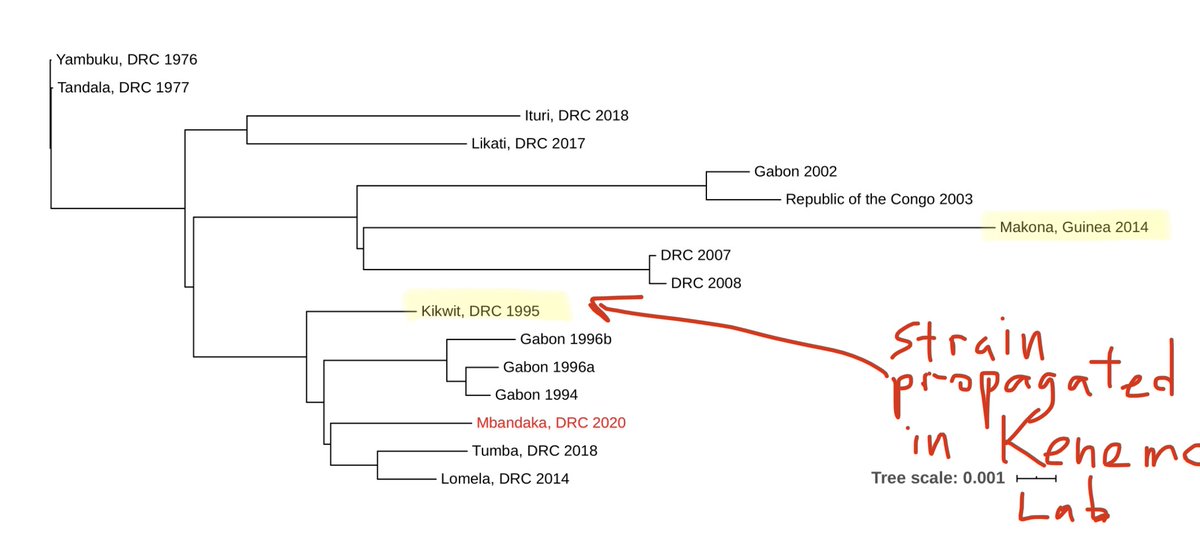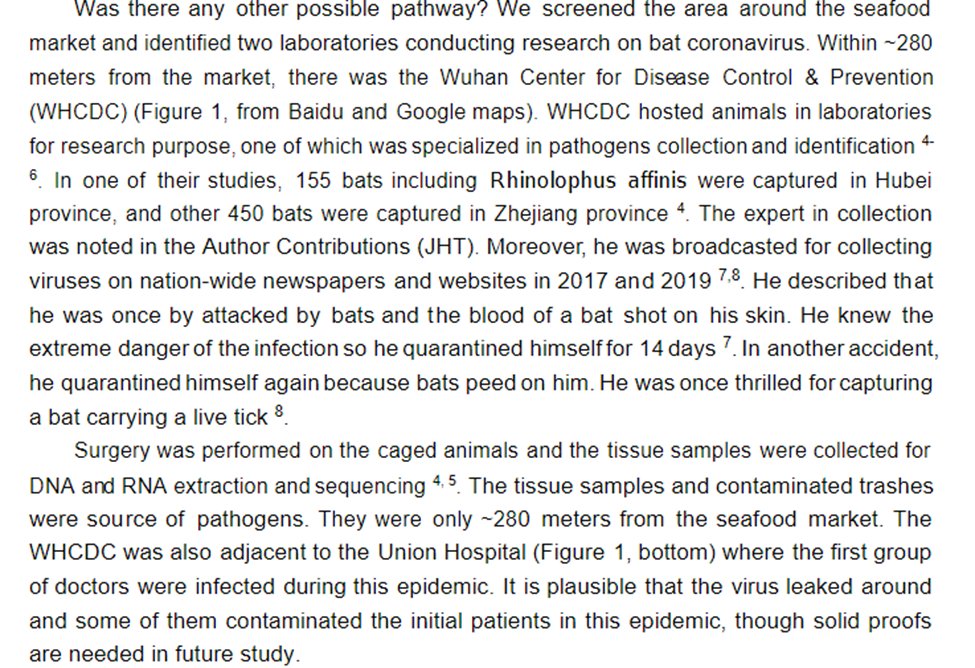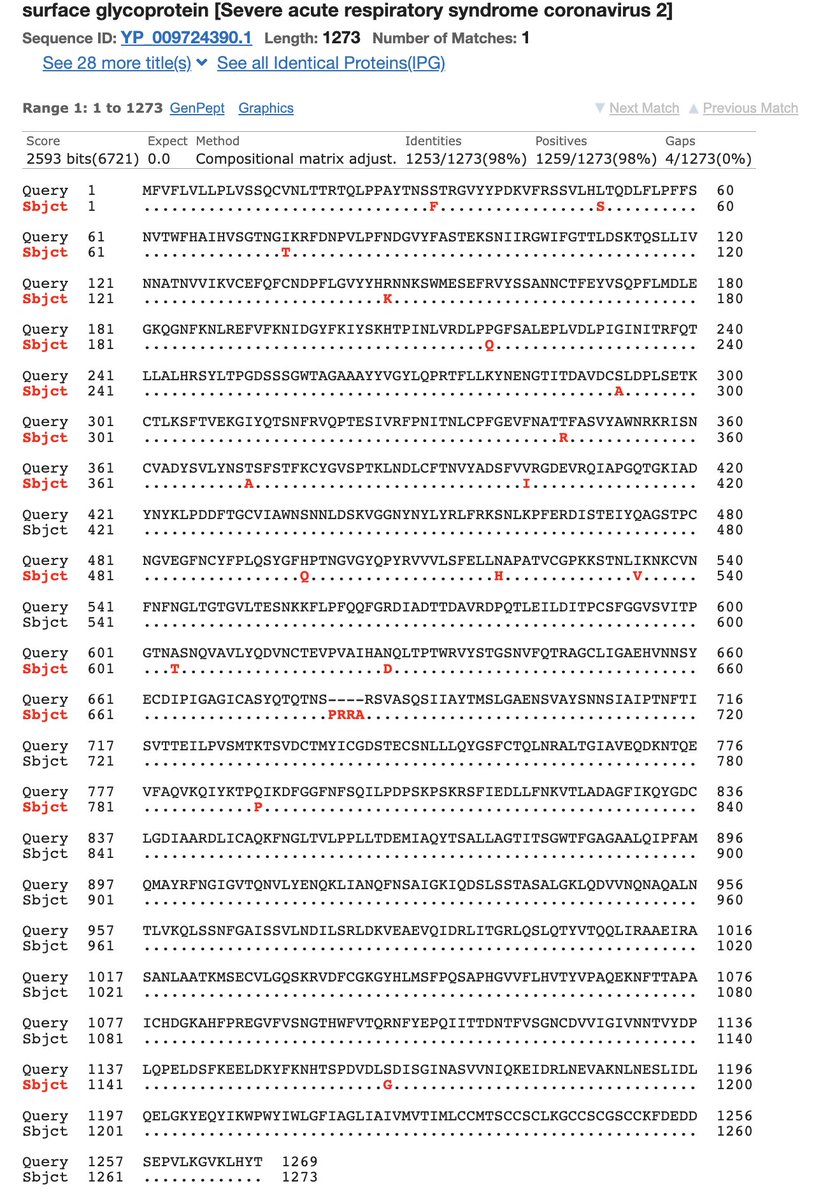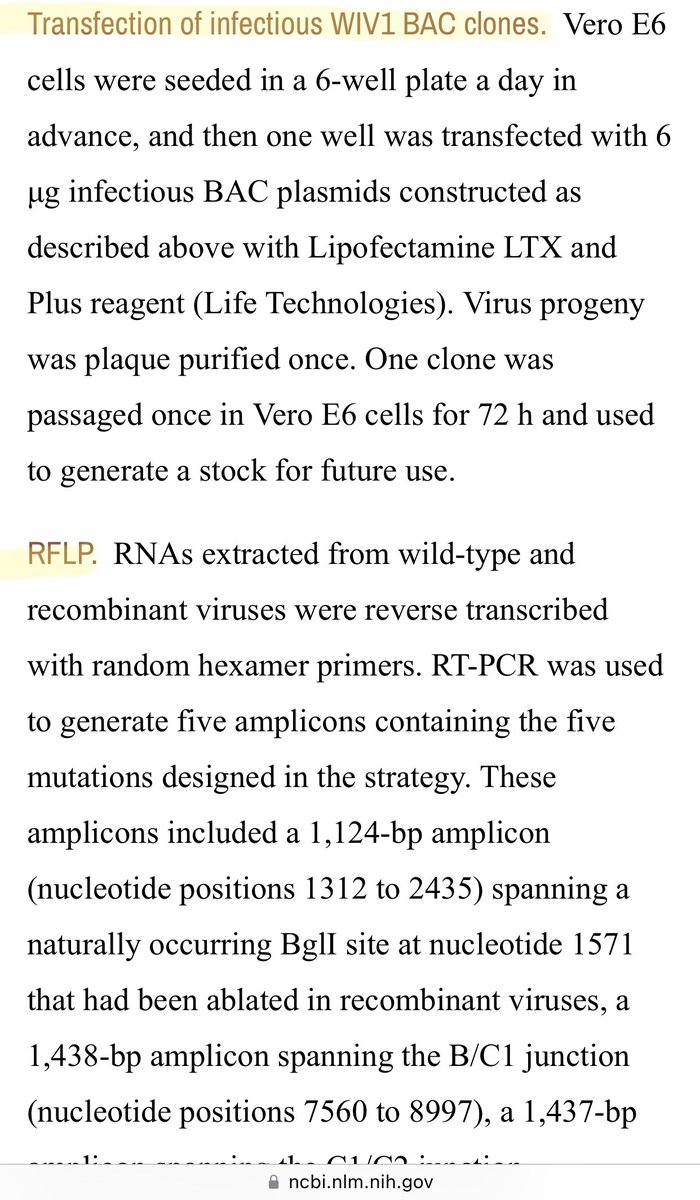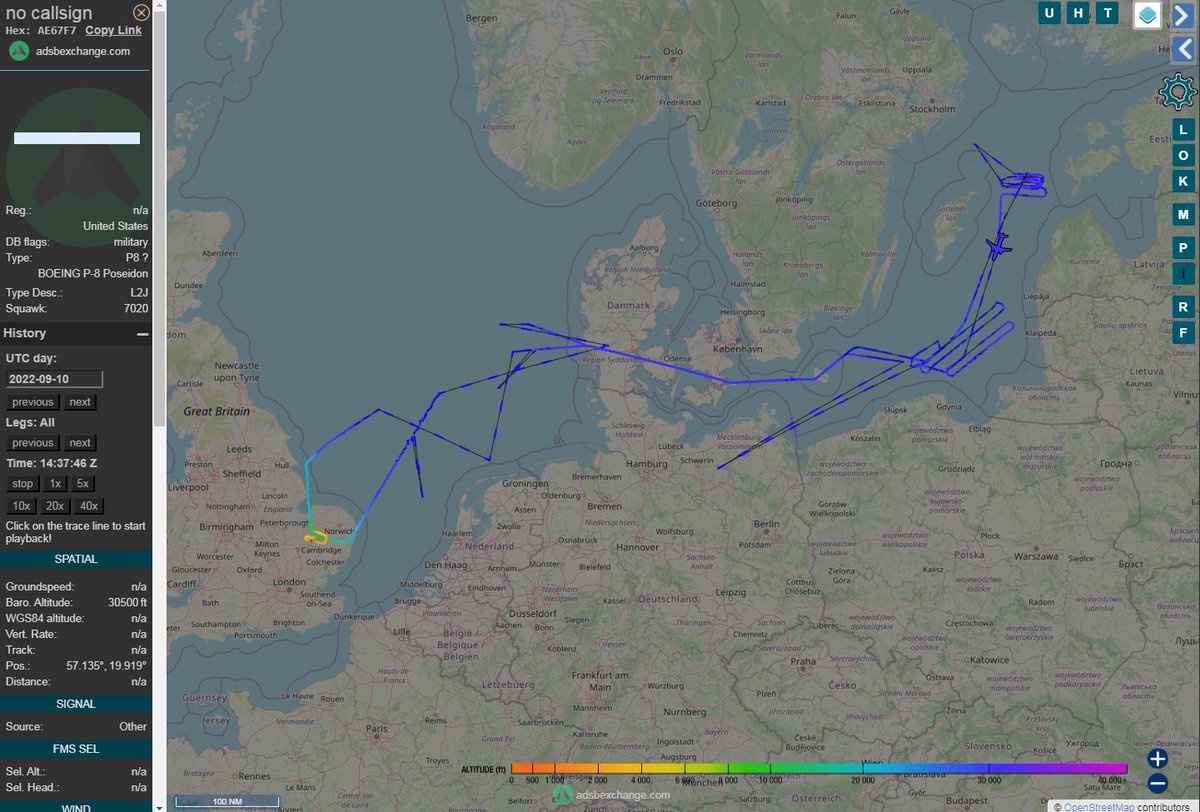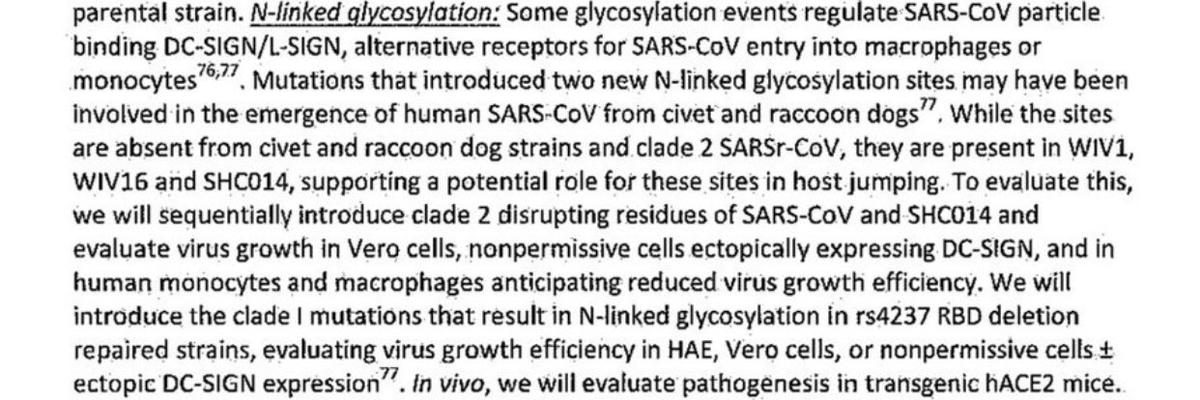🧵Ben Hu being named as one of the 3 WIV staffers sick with Covid-like symptoms in Oct/Nov 2019 is an interesting 🧩 to the Covid origins saga. He connects several threads together: DEFUSE, WIV sampling in Mengla County (which borders Laos), RmYN02 with its proto-FCS etc. -->
He even has a possible connection to the mysterious pre-pandemic pangolin coronavirus (that has a near-identical RBD to SARS2) reported in mid-2019 by Guandong’s GIABR.
To recap, the latest leak added explosive details about 3 WIV staffers having Covid-like symptoms (loss of smell/taste & pneumonia w/ ground glass opacities) in Fall 2019—the details being that the 3 staffers were CoV experts from Zhengli Shi’s lab (Ben Hu, Yu Ping, and Yan Zhu).
Shi and Hu were, of course, named as co-investigators on the infamous 2018 DEFUSE grant proposal that suggested engineering novel furin cleavage sites (FCS) in SARS-like CoVs: 
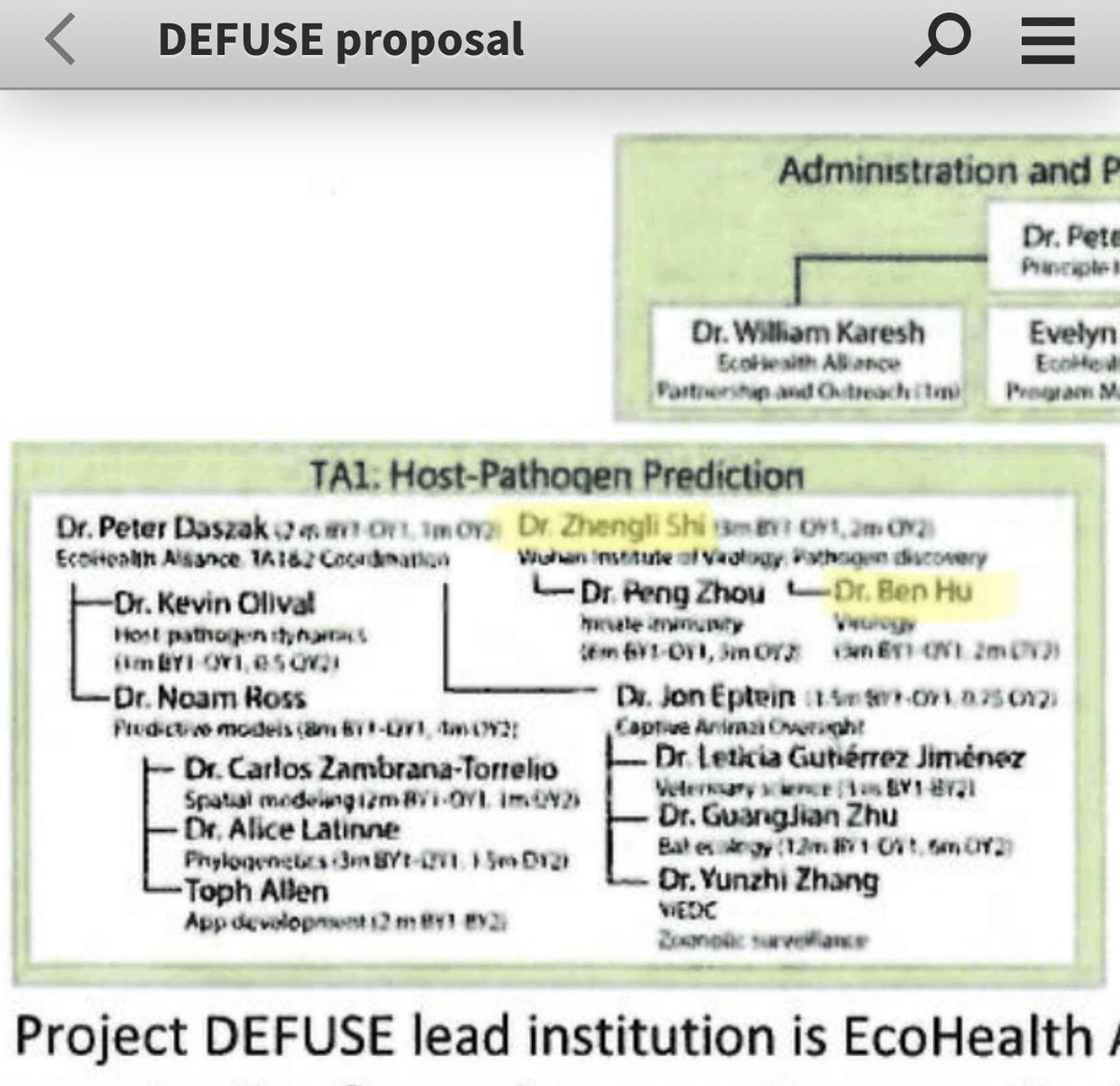
In 2015, together with Baric, Shi engineered an FCS in a MERS-like bat virus HKU4 to demonstrate that an FCS enabled it to infect humans:
journals.asm.org/doi/10.1128/JV…
journals.asm.org/doi/10.1128/JV…
Prior to SARS2, an FCS was never observed in a SARS-like virus, and its presence in SARS2 initially made people like Eddie Holmes and Kristian Andersen suspect that it could have been engineered.
Speaking of HKU4 and MERS, using forensic metagenomics, we have uncovered evidence that someone in Wuhan was actively pursuing gain-of-function research of these viruses in late 2019 —
we have discovered a novel synthetic backbone of a previously unpublished HKU4-related virus, as well as a variant of that backbone with a MERS spike gene spliced in instead of the original spike gene:
biorxiv.org/content/10.110…
biorxiv.org/content/10.110…
But returning back to Ben Hu, in 2017, he gave a long interview (translated by @gdemaneuf) in which he outlined his future research plans. Those plans sounds like a premonition of the 2018 DEFUSE grant proposal:
docs.google.com/document/d/e/2…

docs.google.com/document/d/e/2…
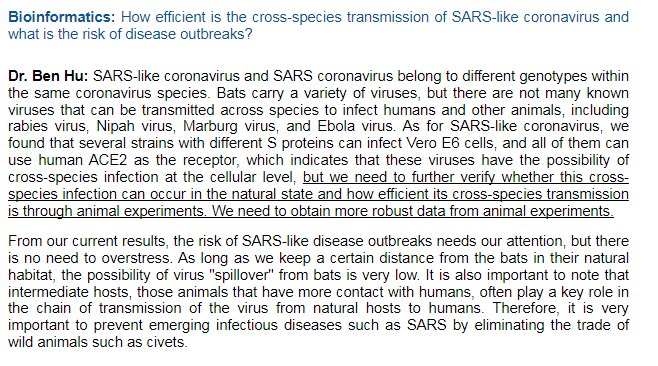

In the same 2017 interview, Ben Hu thanked a researcher from GIABR (in Guandong) named Libiao Zhang for helping WIV collect a large number of samples across the country. I am curious about this connection because in October 2019, just before the SARS2 outbreak, GIABR disclosed… twitter.com/i/web/status/1… 
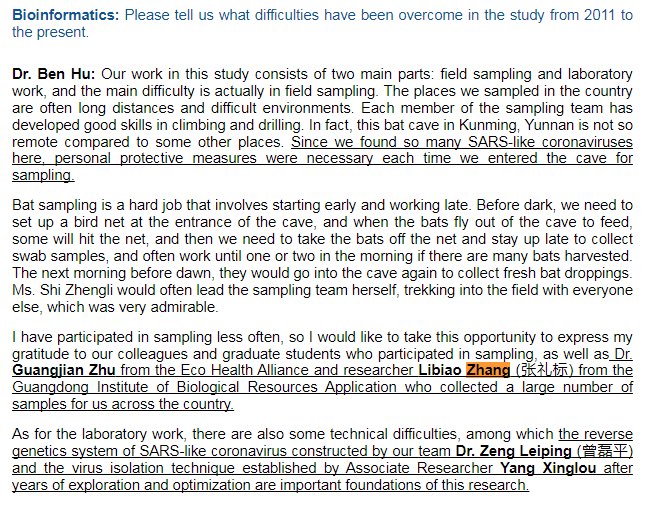
Intriguingly, in 2019 Libiao Zhang’s team was doing sequencing of bat samples they previously collected in Mengla County in Yunnan to show the presence of Rhinolophus malayanus bats in China, which previously have not been observed there (see the attached paper). The very same… twitter.com/i/web/status/1… 
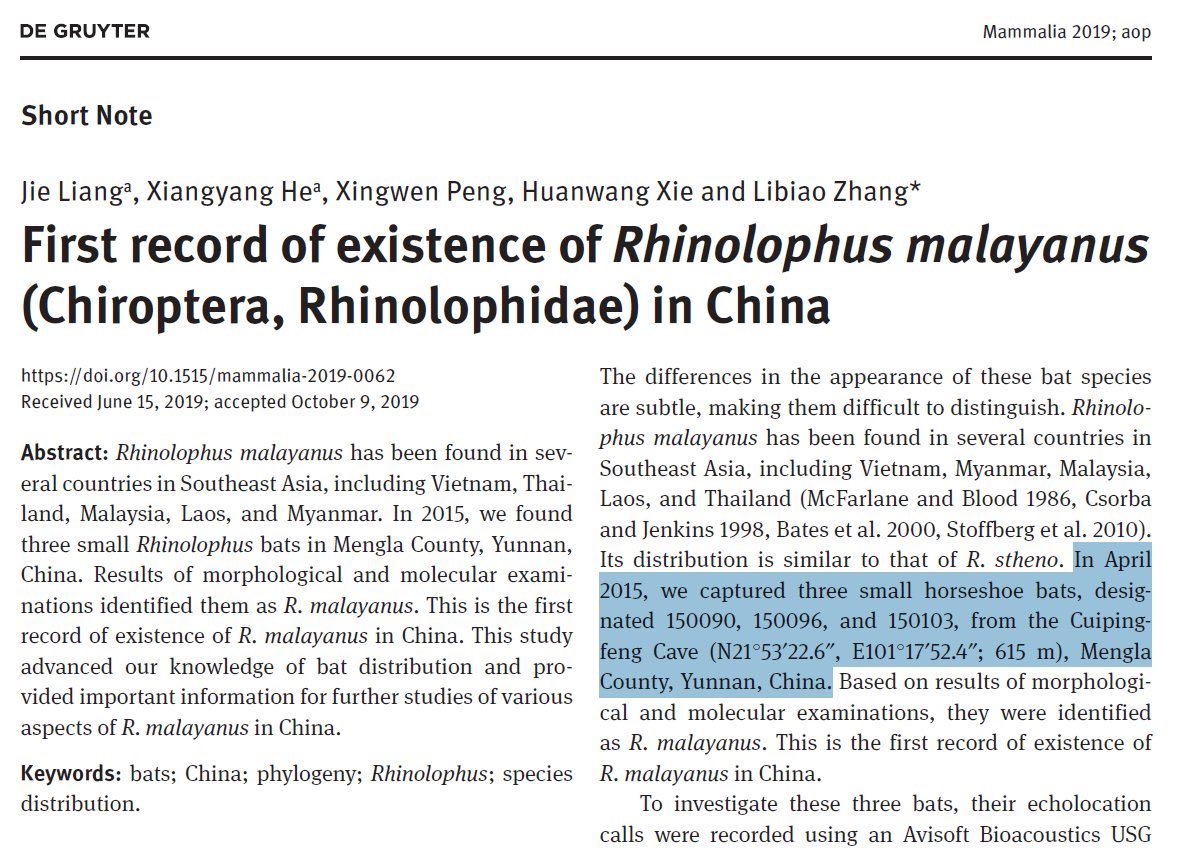
I put “pangolin” in quotes above because we previously published a preprint outlining why the GIABR coronavirus is more likely a result of contamination (possibly from Libiao Zhang’s sequencing of Mengla R. malayanus bat samples) than a pangolin infection:
arxiv.org/abs/2108.08163
arxiv.org/abs/2108.08163
While BANAL viruses were found in Laos in 2020 (~300 miles from Mengla County but within the same bat ecosystem), another close relative of SARS2, called RmYN02, was found in R. malayanus bats in Mengla County in 2019 just 15 minutes away from the site where Libiao Zhang’s team… twitter.com/i/web/status/1… 
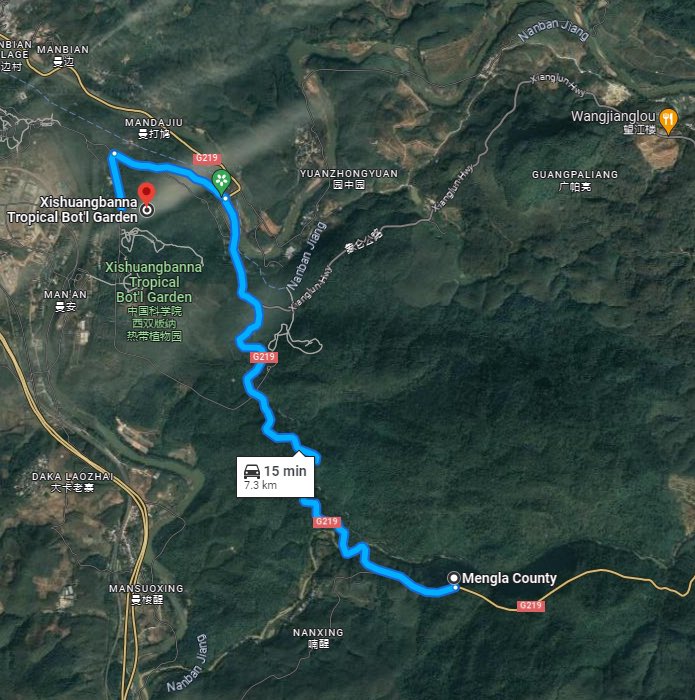
RmYN02 is notable because it contains a somewhat similar amino acid sequence (PAAR) at the same spot where SARS2 contains a novel FCS (PRRAR).
RmYN02’s discoverers (@AliceCHughes and @eddieholmes, among others) even erroneously claimed that the PAA fragment is also an insertion in RmYN02 (like the PRRA insertion in SARS2) but we have since showed that they are incorrect, it’s not an insertion:
ncbi.nlm.nih.gov/pmc/articles/P…
ncbi.nlm.nih.gov/pmc/articles/P…
However, the PAA fragment of RmYN02 is notable because it could have potentially served as an inspiration for a researcher looking to study mutations which could lead to cross-species transmission—in particular, to model what would happen if PAAR mutates into PRRAR to create a… twitter.com/i/web/status/1…
An additional observation that provides credence to this hypothesis is the fact that the PAA fragment in RmYN02 (as well as in BANAL-116 and -247 viruses, as was discovered later) is coded by CCT GCA GCG codons, while the PRRA insertion in SARS-CoV-2 is coded by CCT CGG CGG… twitter.com/i/web/status/1…
Could WIV have had a BANAL-like and/or RmYN02-like strain prior to the SARS2 outbreak? I think that is quite plausible. Not only did WIV sample in Laos, they have done extensive sampling in Mengla County. Here is a table from a 2018 paper coauthored by Ben Hu and Zhengli Shi:… twitter.com/i/web/status/1… 
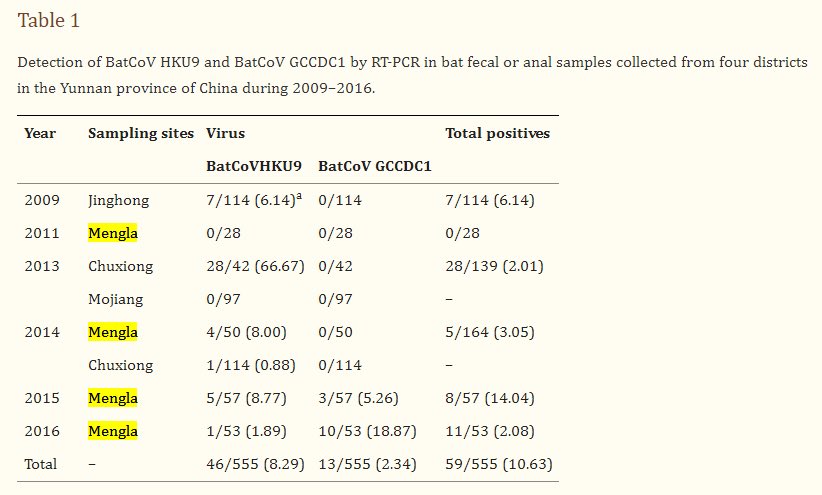
In 2019 Zhengli Shi even reported a novel virus they discovered in Mengla County which they named Mengla Virus. It looks like they fully sequenced that virus in 2019 from the samples they collected in Mengla County in 2015.
Ben Hu is not on that paper but Yan Zhu (one of the 3 WIV staffers named as sick with Covid-like symptoms in Fall 2019) is, as well as Libiao Zhang of GIABR (the latter, you may recall, reported the presence of R. malayanus bats in Mengla County in 2019):
pubmed.ncbi.nlm.nih.gov/30617348/
pubmed.ncbi.nlm.nih.gov/30617348/
Also, in 2019, Shi’s team returned to Mengla County multiple times to sample more bats in 2 caves and track them via GPS. They published their results in 2022, showing that Mengla bats fly into neighboring Laos and Myanmar quite frequently:
pubmed.ncbi.nlm.nih.gov/35585799/

pubmed.ncbi.nlm.nih.gov/35585799/
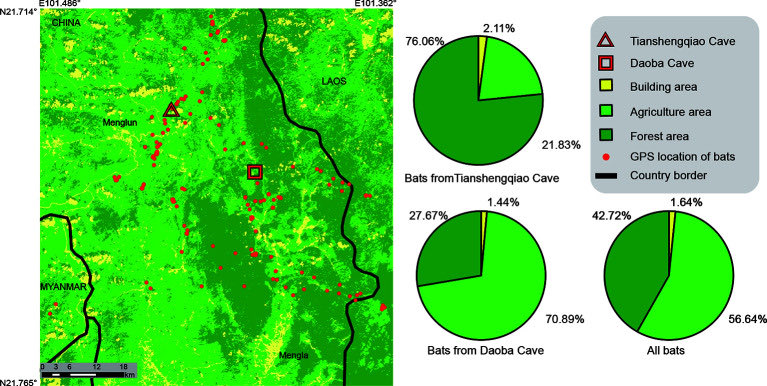
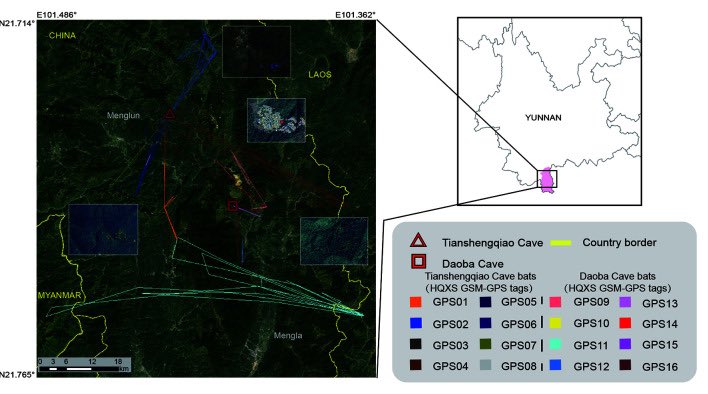
All of these observations paint a compelling picture of extensive sampling by WIV and its collaborators of the bat ecosystem which is highly likely to house the bat progenitor of SARS2.
Against this backdrop, the DEFUSE proposal, and the new claim that Ben Hu and other WIV experts on SARS-like viruses went to the hospital with highly specific Covid-like symptoms, if confirmed, should move the lab leak probability into the realm of “beyond a reasonable doubt”.
In closing, I would like to thank many people whose research has been instrumental for me in writing this thread: @humblesci , @quay_dr, @Daoyu15, @gdemaneuf, @franciscodeasis, @Engineer2The, as well as all fellow DRASTIC members (and welcome back, @TheSeeker268!)
• • •
Missing some Tweet in this thread? You can try to
force a refresh

 Read on Twitter
Read on Twitter



